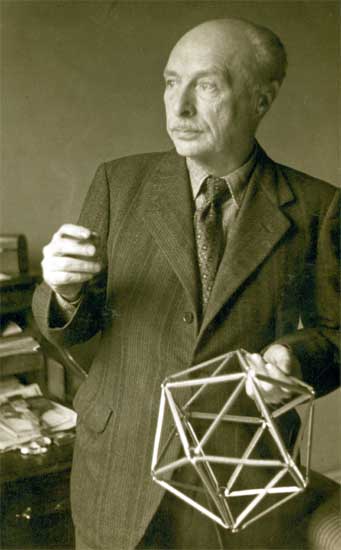
Around 1913, a visual artist named Rudolf Laban gave up painting to pursue a career in dance. He admitted he seemed to have chosen “the most despised profession.” At the time, dance was the poor relation of all the other arts. Laban set out to change that.
Over the next 25 years, he performed, choreographed, and taught – activities familiar to most professional dancers. But Laban’s efforts went beyond this. He wrote about dance, he organized a dancers’ union, he initiated dance conferences, and he inspired a populist dance movement for amateur performers.
In addition, Laban labored tirelessly to give dance what the other arts already possessed – a way to record masterworks (analogous to musical notation) and a theory delineating elements of movement (analogous to theories of line, color, and composition in the visual arts). According to Irmgard Bartenieff, the systems Laban devised for describing and notating dance and movement make it possible to study and work with these “extremely elusive phenomena in tangible ways.”
Gradually Laban’s genius drove him to a broader consideration of the role of movement in human life. He pioneered new practices in work study, stage movement for actors, education, and therapy. He summed up these varied endeavors in the following way:
“It has often been said that I intend to reform in all the fields of human activities in which I have been working…. The truth is that I have advocated and experimentally tried to pay more attention to human movement – bodily and mental – which is obviously at the basis of all human activity. Movement research and movement education have been neglected in our time and some failures of our civilization are surely influenced, if not produced by this neglect.”
It has been over 50 years since Laban wrote those words. But paying attention to human movement is still revolutionary.
